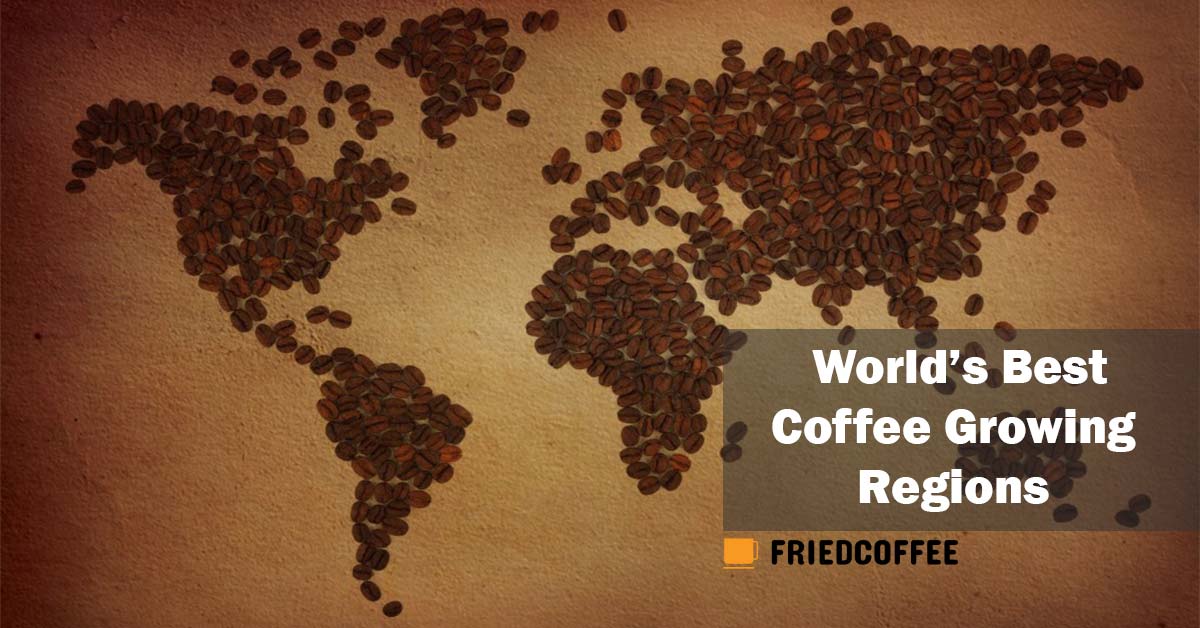
Coffee, the little brown bean that has the world at its feet, people have been following its every footstep, noting down its every move since it was first discovered. The fascination for the perfect coffee has only grown with coffee standing as the premiere elixir of the modern world.
Did you ever try to discover where the coffee is grown? We’re going to take a peek behind the scenes at some of the world’s top coffee-growing regions responsible for growing the very best coffee beans in the world. We present to you, and all fans of the beloved roasted coffee bean the FriedCoffee.com list of the top coffee-growing regions around the world.
The Top Coffee Growing Regions in the World
The coffee bean has become globally recognized as an important crop and grown in many countries all around the world over the years. With each destination from which a particular coffee bean may call home, there is diversity in various aspects of the coffee, and from the very bean of which it was brewed, each region adding something unique to the mix. So pack those bags and buckle up those seat belts, we’re in for a crazy, caffeine-filled ride. We’re about to take through the seven seas, resting only to review the countries that are home to some of the most sought-after coffee in the world.
1. Ethiopia
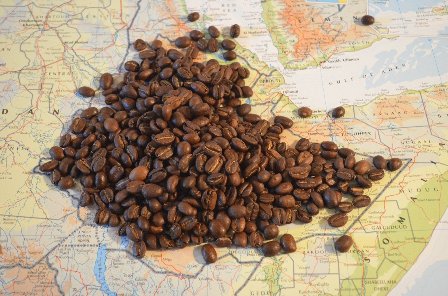
It should come as no surprise to spot Ethiopian coffee beans at the top of our list. This tiny country in the horn of Africa is after all Ground Zero. By now you probably have heard the story of the farmer named Kaldi and his dancing goats and how they introduced the world to the magic of the coffee bean.
Ethiopians have acknowledged the importance of the bean from Ethiopia and embraced coffee into all aspects of life. There is a long interesting and intricate ceremony around the preparation of coffee in the country, one that involves contributions from all family members and works to unite the community.
Did You Know?
The natural landscape of the country provides the perfect canvas for coffee to flourish. As a result there are tens of thousands of variants of coffee growing in Ethiopia. Some of which are still to be identified and classified. As of today, the biggest names the world craves from the country include Yirgacheffe, Harrar, Sidamo.
Specialty coffee coming out of the country is recognized as most strongly for its syrupy body that forms due to the dry processing method that allows the coffee’s cherry skin to stay in contact with the bean while it is drying. It can be just right to say as the World’s best coffee is grown here.
Let’s Talk Numbers
- At last count, the country manages to produce 7.25 million bags of coffee a year. With each bag weighing in at sixty kilos.
- Ethiopia rounds off the list of the top five producers of coffee in the world.
If you feel like discovering more about this region and the best brands from this region, discover our in-depth guide about Ethiopian Coffee.
2. Kenya
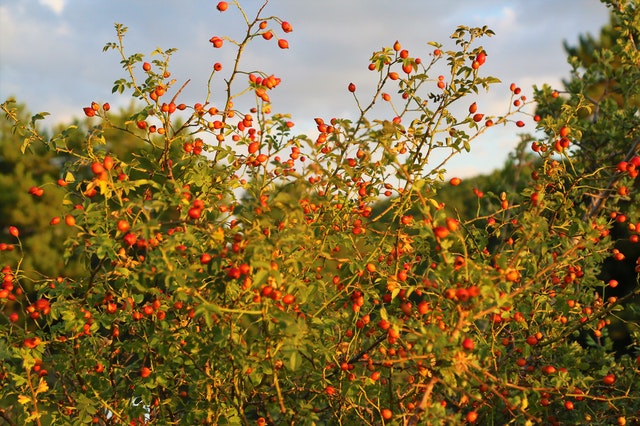
Stepping in the second we have Kenyan Coffee Beans. The country that has offered the world some of the most distinctive flavor profiles. A consistent tone amongst the blends is in the presence of touches of both red and blackberries, bergamot orange, and lemongrass with a wine-like finish.
Almost all the people of Kenya are self-declared tea drinkers. This is why almost all of the coffee grown in the country is exported to the rest of the world. There is however a small section of society that opts for a more caffeinated morning beverage. The locals brew their coffee through the traditional method resulting in a preparation called Kahawa Chungu.
Did You Know?
Kenya is one of the few countries in the world that has a comprehensive system by which they sort their coffee. While most beans are categorized based off their size shoving them into slots like E for Elephant, AA – the biggest of the specialty variety bean and PB for peaberry.
At the country’s behest the work of Scott Laboratories led to the discovery of the SL-28 and SL-34 varieties of coffee that put Kenya on the world map.
Let’s Talk Numbers
- The country of Kenya is responsible for producing roughly one hundred million tonnes of coffee in a single year.
- The country stands at number twenty-five in the list of the coffee contributing countries of the world.
Want to discover even more, read our complete guide and top brands of Kenyan Coffee.
3. Brazil
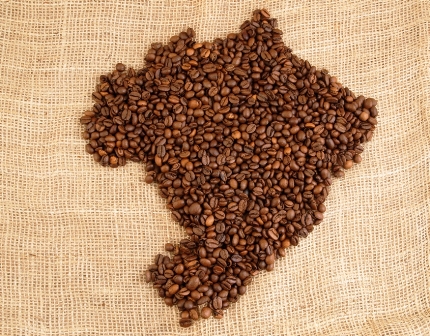
Trotting in third is a country that stands as one of the culture centers of South America. Brazil was introduced to the coffee bean through a journey of intrigue, danger, politics and seduction. Once the little brown bean met the land though, it was like a match made in heaven.
Through the years, Brazilian coffee has spread through the country and is now actively growing in as many as thirteen of the twenty six states. With over twenty five hundred thousand farms in the country, it shouldn’t be shocking to know, their is a varied range of beans growing there. A taste thread that carries through most of them is a meld of sweet caramel, with a nutty chocolate undertone.
Did You Know?
One of the most famous members of the coffee family that claims Brazil its home is the espresso bean. The coffee beans growing in the Sul de Minas region of the country are known for their fruity freshness. You may have no doubt also encountered the famed Bourbon Santos blend in your pursuit for the world’s best coffee.
Let’s Talk Numbers
- Brazil has held the title of the biggest producer of coffee in the world for a hundred and fifty years.
- Thirty percent of the world’s coffee calls the country of Brazil its home.
Want to learn even more? Read our guide about Brazilian coffee beans with their best brands.
4. Colombia
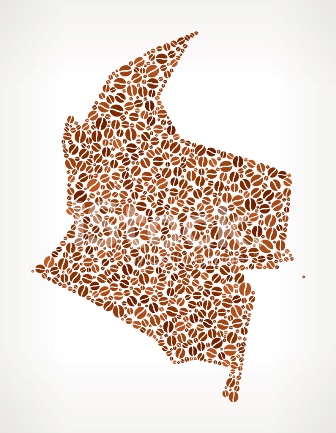
Stepping up next is one of the few countries in the world that enjoys the benefit of two harvest seasons. That’s right, Colombia enjoys fresh coffee three hundred and sixty five days of the year.
Most of the coffee beans from Colombia is grown amidst a crowd of banana trees that offer the perfect percentage of shade. One of the key elements that sets coffee growers in Colombia aside and above a lot of their competition is the fact that in every single farm, the coffee is picked by hand when ready for harvest.
The result. You’re treated to a flavour profile that perfectly captures the taste of fresh fruit. This makes it the ideal bag of beans to reach for. When you’re in the mood for a cold brew of coffee to liven up an otherwise hot summer day. Famed for their long finish the beans also hold a blanched mix of caramel and chocolate.
Did You Know?
The majority of the coffee leaving the shores of Colombia is in the form of the world-famous Arabica beans. Juan Valdez, the face of the National Federation of Coffee Growers of Colombia has played a key role in cementing a place for the country in the global coffee community. Other big players from the coffee community like Dunkin’ Donuts also pride themselves on their Colombian blend.
Let’s Talk Numbers
- At last count, Colombia comes in at the third spot of the top in the top Coffee-Producing Countries of the world.
- The Colombian coffee beans contribute to about 11.5 million bags of coffee to the world every year.
Learn more with our Colombian coffee guide covering in-depth details!
5. Guatemala

Halfway through our list, we’ve arrived in Guatemala. The country has the unique advantage of housing a number of different weather conditions and altitudes. A large chunk of the coffee beans from Guatemala is in the shape of Arabica beans. Guatemala is no doubt is one of the best coffee regions that grows multitude of coffee varieties which are easily spotted inside any coffee store.
For a relatively small country, the amount of coffee they grow is astounding. The country has banked on coffee carrying its economy forward for a long time. They have even set up Anacafé, a National Coffee Association, to oversee the research and marketing and regulate finances towards the various growing regions in the country.
Did You Know?
The areas highlighted on the map of Guatemala for their coffee contribution are the volcanic regions of Antigua Acatenango, Atitlán, the Fraijanes Plateau and the region of Nuevo Oriente. The Guatemalan coffee beans are graded according to the altitude they grow at.
While the varied landscapes and altitudes result in a variety of flavor profiles. Some of the common flavors you will find carrying through are tinges of both bitter and milk chocolate, nuttiness, and cocoa with a few bursts of fruit hidden in certain beans.
Let’s Talk Numbers
- The latest numbers in 2020 put Guatemala responsible for 2% of the total coffee produced in the world.
- The country ranks eleventh in the Top Coffee-Producing Countries of the world.
Check our Complete guide on Guatemalan Coffee detailing more about this origin!
6. Costa Rica

Coasting through next on our list is none other than the country of Costa Rica. All the coffee grown in the country is harvested by hand. The country isn’t afraid to experiment, research and experiment with varieties of coffee crop. Coffee farmers in the country are only legally allowed to grow Arabica beans. The farming of Robusta beans, or any other kind of coffee is prohibited by law. The coffee once picked is either naturally processed, washed or honey processed.
Did You Know?
The coffee grown in Costa Rica usually carries tight and light flavours tinged with grapefruit and cocoa. Coffee grows in roughly eight regions across the country with each region adding in their own unique flavour. Twenty-five percent of the caffeine grows at farms in the West Central Valley at a medium altitude.
The Costa Rican coffee beans have hold hints of honey and chocolate with whispers of apricots, pineapples, jackfruits and peaches. Over a quarter of the coffee produced in the country can be credited to the region of Terrazu. The coffee exiting the region carries a medley of flavors including caramel, orange, vanilla, nougat and cocoa. Other regions include Central Valley, Brunca and Guanacaste.
The beans born in the region of Naranjo have won The Cup of Excellence award at the annual competition for four years and running.
Let’s Talk Numbers
- The country stands on the fifteenth slot in the Coffee-Producing Countries of the world.
- Ninety percent of the coffee which grows in the country exports out.
Here is our complete guide to Costa Rican coffee, if you have some more interest to go in-depth.
7. Peruvian

Sweeping through in the seventh slot is the country of Peru. One of the first countries on the continent of South America to house the bean, Peruvian coffee is mainly known for its contribution of Arabica beans to the world. In fact it has lead to the country wrapping up the list of top five nations contributing to the export of Arabica beans.
The beans calling the country their home carry a light and bright flavour with a sweet undertone. They usually offer an extremely pleasing floral aroma when brewed.
Did You Know?
For over two decades the country has had a cooperation of farmers known as Cenfrocafe. The cooperation is dedicated to ensuring that coffee grown in the country is organic and all practices related to the industry are conducted through Fair Trade. They also offer the farmers regular workshops to help them deal with technical and practical issues that arrive in the production of coffee.
There is a coffee that hails from Peru known as the Peruvian Poop Coffee. It is when the berries are eaten and excreted by Coatis, after which they are washed, dried and the bean is extracted for roasting.
Gain more insights about Peruvian coffee beans along with it’s best roasters.
Let’s Talk Numbers
- The country stands ninth on the list of the Coffee-Producing Countries of the world.
- At last count, the country manages to produce close to 4.3 million bags of coffee in a year.
8. India
Entering in eighth we have India. While coffee has had a home in India for over four centuries, it has never managed to find the global footing its contemporaries from Africa and North America have. It was only under the rule of the British that coffee was considered as an item for trade. Almost all the coffee in the country grows in the southern states of Karnataka, Kerala and Tamil Nadu. Almost half of coffee in the country is growing on tribal land.
Did You Know?
The coffee that comes out of India has a reputation as one of the best shade-grown coffees in the world. There is a growing number of coffee estates in the country that are certified by Rainforest Alliance-UTZ and Fairtrade, which pleases consumers and the environment alike.
One of the more famous offerings from the country is the Monsoon Malabar. It is christened so on account of the process through which raw coffee is exposed to moisture after it is processed.
Let’s Talk Numbers
- India stands in the seventh slot on the list of the Coffee-Producing Countries of the world.
- At last count, the country manages to produce 5.49 million bags of coffee a year. With each bag weighing in at sixty kilos.
9. Indonesia

Closing in towards the end we have Indonesia. More than ninety percent of the coffee produced in the country is grown by small farmers in farms no larger than one acre.
The country houses close to twenty varieties of Arabica beans, most of which have the added advantage of being low in acidity. They’re usually what people reach for when they have a worry on the impact of coffee on the digestive tract.
Did You Know?
Some of the better known and most popular coffee beans coming out of the country are Sumatra, Bali, and of course Java. These boast of a flavor that has got a woody undertone while enjoying equal parts of chocolate and nuttiness.
Let’s Talk Numbers
- Indonesia stands at fourth place on the list of the Coffee-Producing Countries or Regions of the world.
- At last count, the country manages to produce 10.70 million bags of coffee a year.
10. Rwanda
Riding in last, the dark horse of our list, is the coffee from the land locked country of Rwanda. Coffee hailing from here quickly rose through the crowd of other coffee producing countries on the continent. Rwanda truly entered the global race for caffeine supremacy as late as in the early two thousands. The country is slowly learning how much of a boon the brown bean is to both the employment rate as well as the economy of the country.
Did You Know?
Rwanda was the first country in Africa to host a Cup of Excellence competition. Most of the coffee hailing from the region holds clear floral notes with hints of fresh apple. While others tend to offer soothing tasting notes mimicking a meld of peach, pecan and sandalwood.
Let’s Talk Numbers
- Rwanda slides in at the thirtieth slot on the list of the Coffee-Producing Countries of the world.
- When last checked the country manages to produce two hundred fifty thousand bags of coffee a year.
FAQs
Which country produces the best coffee in the world?
Ethiopia, Costa Rica, Guatemala and Brazil are some of the countries known for the best coffee beans around the world. Still, a lot depends on the taste palate of each individual person and so, other countries produce equally good coffee.
Which country produces the most coffee in the world?
Brazil is the top coffee producer in the world with the production of 2,652,000 metric tons of coffee in 2019.
At the End of the Day, or Bottom of the Cup…
So here it is. We’re at the metaphorical end of the road on this tour of the world’s best coffee regions. And boy has it been one crazy journey. The coffee bean sure has made its way around the map with each new destination making the bean feel at home. After our pseudo world tour of the best coffee regions on earth to grow beans we learned that the diversity of the regions mirrors the complex flavor note variations of each coffee bean as well. It is incredible to see most countries count coffee as part of their culture and add in turn, a bit of their culture into the coffee they offer the world.


